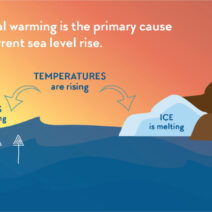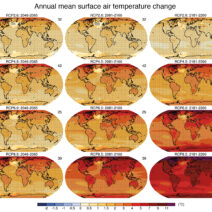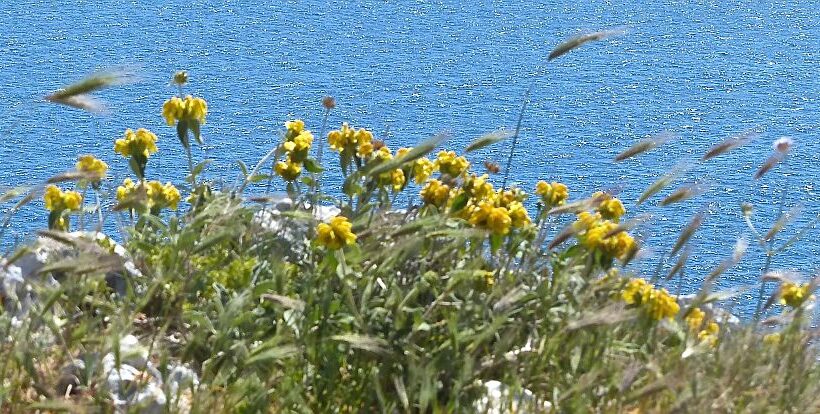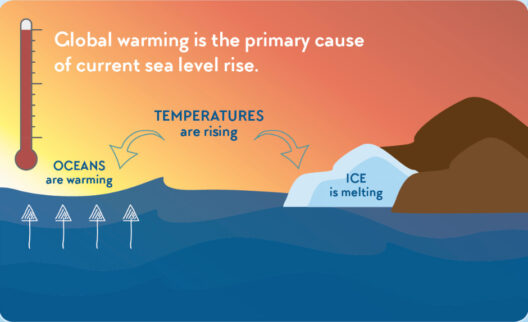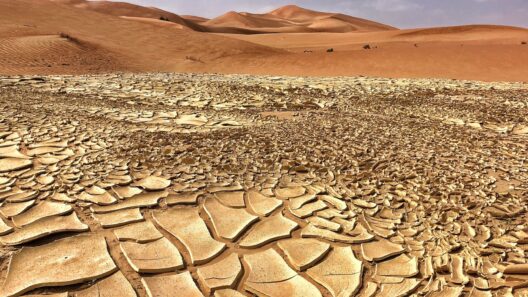Italy, a land rich in history, culture, and tantalizing cuisine, boasts climates that vary significantly from its Alpine northern regions to the sun-drenched southern coastlines. This variation is largely due to its geographical diversity and the Mediterranean climate that envelops much of the country. One may wonder: how does this climatic tapestry weave the everyday life and agricultural abundance that Italy is celebrated for? In understanding Italy’s climate, one also uncovers both its alluring charm and the myriad challenges posed by climate change.
At the forefront, the Mediterranean climate dominates extensive areas of Italy, particularly along its coasts. Characterized by hot, dry summers and mild, wet winters, this climate is akin to a painter’s palette, rich with hues that shift dramatically with the seasons. Summer days can easily reach temperatures exceeding 30°C (86°F) in regions like Sicily, where residents relish in the sun-drenched beaches. Conversely, the winter months can bring a gentle chill, particularly in northern regions like Emilia-Romagna, where the cold winds from the Alps introduce a frosty nuance to the otherwise temperate landscape.
The southern regions—Sicily and Calabria—exemplify the quintessential Mediterranean climate; they are infused with a warm sun that bakes the earth, encouraging the embodiment of aromas from sun-ripened tomatoes and olives. Vines flourish, and the landscape becomes a canvas of verdancy punctuated with gold from fields of wheat. But as inviting as this sense of bounty may seem, the increasing prevalence of drought spells presents a formidable challenge. Can Italy maintain its agricultural allure as extreme weather events become the new norm?
Traveling northward, one encounters a stark transformation. The northern part of the country experiences a temperate climate that frequently flirtations with a continental influence, especially in the Po Valley. Summers here are warm and humid, while winters can be bitterly cold with heavy snowfall, particularly in the Dolomites. This plethora of climatic conditions is conducive to a wide array of agricultural products, ranging from rice paddies to expansive vineyards, making it a designated hub for gastronomes, appellations, and sommelier aficionados.
Italy’s unique topography further complicates its climatic phenomena. The Apennine Mountain range acts as a sentinel, sheltering the Lazio and Campania regions. Its elevational gradients contribute to microclimates that possess their own distinctive characteristics. Cold air circulates down the mountainsides, tempering the otherwise sweltering summer temperatures, yet creating a significant thermal drop at night. Such fluctuations can be detrimental to crop production, compelling farmers to adapt their techniques. How resilient can Italy’s cherished agriculture be in the face of such variability?
The interplay of sea and land crystallizes Italy’s climate patterns, particularly along the coastlines. The Mediterranean Sea exerts a moderating effect, softening temperatures and increasing humidity in coastal cities such as Naples and Genoa. Rainfall is primarily concentrated in the autumn and spring months, fostering lush landscapes and contributing to Italy’s verdant allure. Yet, rising sea levels and changing salinity due to climate change pose an immediate threat to these coastal regions and their ecosystems. What measures can Italy undertake to mitigate such inevitable encroachments?
With climate change reverberating across the globe, Italy is not immune to its repercussions. Heatwaves have intensified, rainfalls have become sporadic, and previously reliable seasonal patterns have begun to erraticize. Agricultural sectors, which significantly depend on predictable climates, face heightened risks. Grapes harvested for Italy’s renowned wines, for instance, are particularly sensitive to shifting weather patterns. Additionally, olive groves, which have thrived for centuries, face threats from pest infestations exacerbated by warming temperatures. The very essence of the Italian provenance is under siege.
Amid these challenges, Italy has begun implementing adaptive measures to fortify its agricultural practices. Innovative irrigation techniques are being adopted, and traditional crops are being either preserved or replaced with varieties that withstand harsher climates. Researchers and farmers collaborate to cultivate resilience by employing agroecological practices that harmonize production with ecological sustainability. Could this be the silver lining amidst the uncertainties brought forth by climate change?
Additionally, Italy is rich in cultural heritage, a narrative deeply interwoven with its climate. Festivals celebrating the harvest, gastronomy, and regional traditions are abundant, showcasing the intimate relationship between the land and its people. In regions like Tuscany, agriturismos entice visitors to explore this connection, offering a chance to immerse themselves in the authentic Italian experience while indulging in the richness of locally sourced food. How does this relationship foster a community-driven approach to environmental stewardship?
In essence, Italy’s climate is a mosaic of beauty and complexity, embodying both the charm of its Mediterranean allure and the challenges posed by an evolving global landscape. As the country grapples with the intricacies of a changing climatic reality, it stands at a crossroads. The spectral threat of climate change looms menacingly, encouraging Italians to innovate, adapt, and pursue sustainable practices to preserve their iconic landscapes and agricultural legacy. In the grand theatricality of climate drama, how will Italy navigate the future, and in what ways will it continue to inspire the world through its resilience and rich cultural heritage?

